This is the nineteenth post in a series of tests of the Fujifilm GFX 100, Mark II. You can find all the posts in this series by going to the Categories pane in the right hand panel and clicking on “GFX 100 II”.
I’ve been asked to do a visual shadow noise test with the X2D 100C and GFX 100 II, both at base ISO.
I mounted a 110 mm f/2 Fuji GF lens on the GFX 100 II, put the camera on a RRS tripod and C1 head, used manual focus, set the ISO to 80, and set an exposure that by the camera’s metering system, was 6 stops down from normal: f/8 at 1/13 second. The I moved the tripod a little closer to the bookcase, mounted a 90 mm lens that I’m not going to talk about on a Hasselblad X2D 100C, set it to ISO 64, and made images at the same exposure.
The rest of the particulars:
- IBIS off
- 14 and 16 bit precision for the ‘blad, 16 bit precision for the Fuji
- f/8 at 1/13 second
- EFCS for the GFX, mechanical shutter for the X2D
- Single shot drive mode
Developed in Lightroom, with default settings except:
- Camera Standard profile
- 5-stop Exposure move
- Shadows +100
- Blacks +37
- Noise reduction turned off
- Sharpening amount 20 (default is 40)
- White balanced to the white text in Hunt’s book on color for each camera
Here is the whole frame at all test conditions.
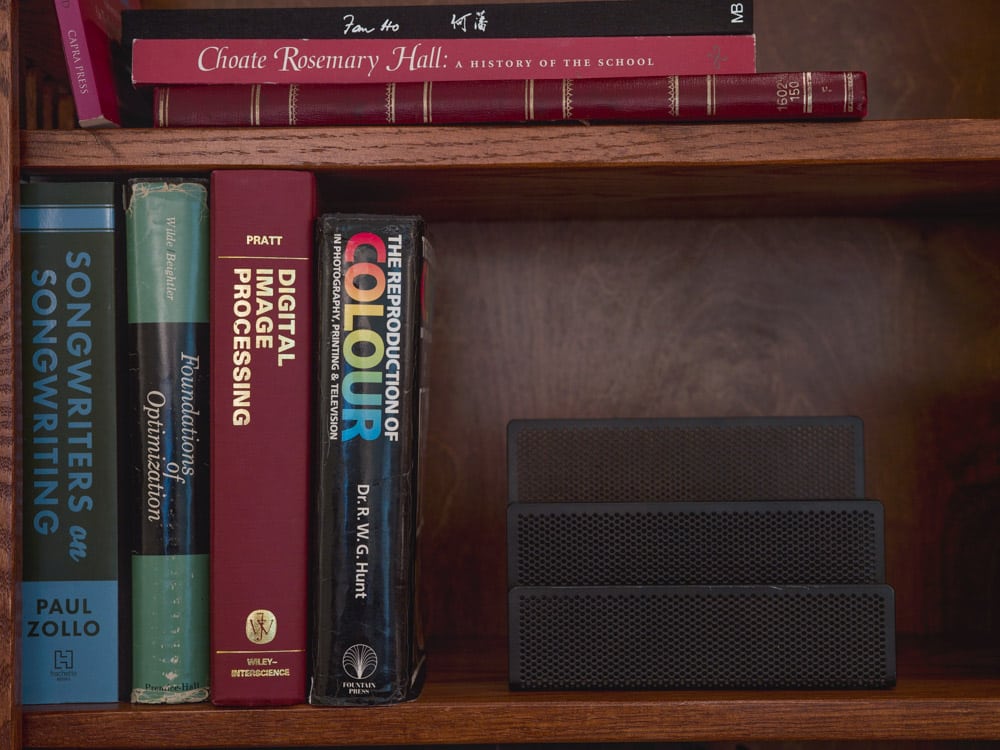
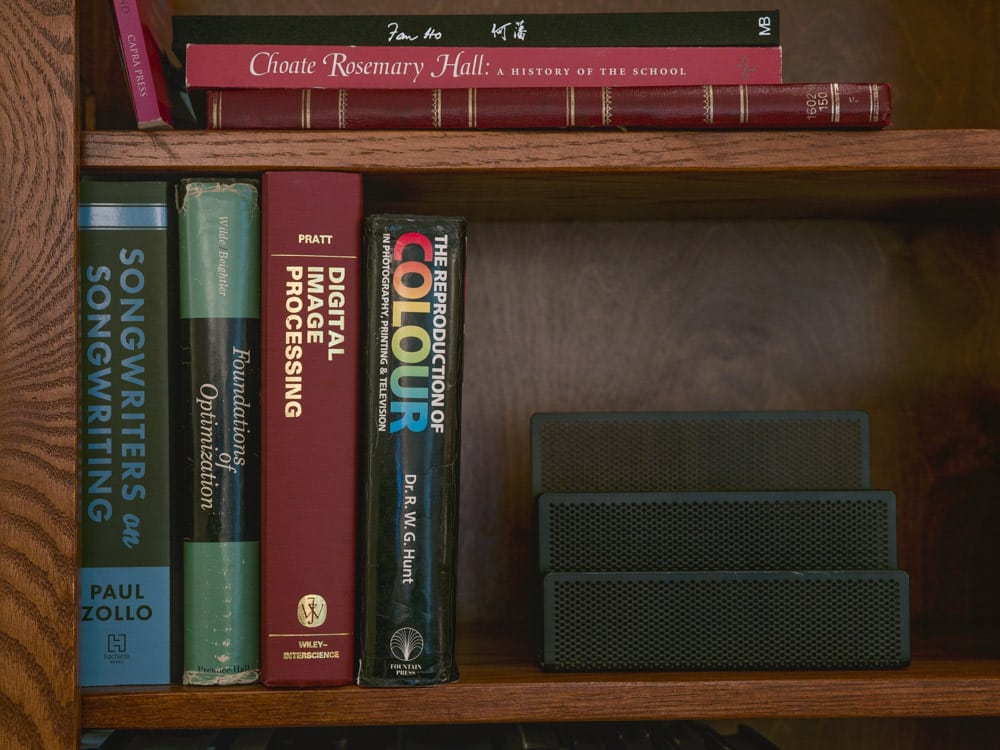
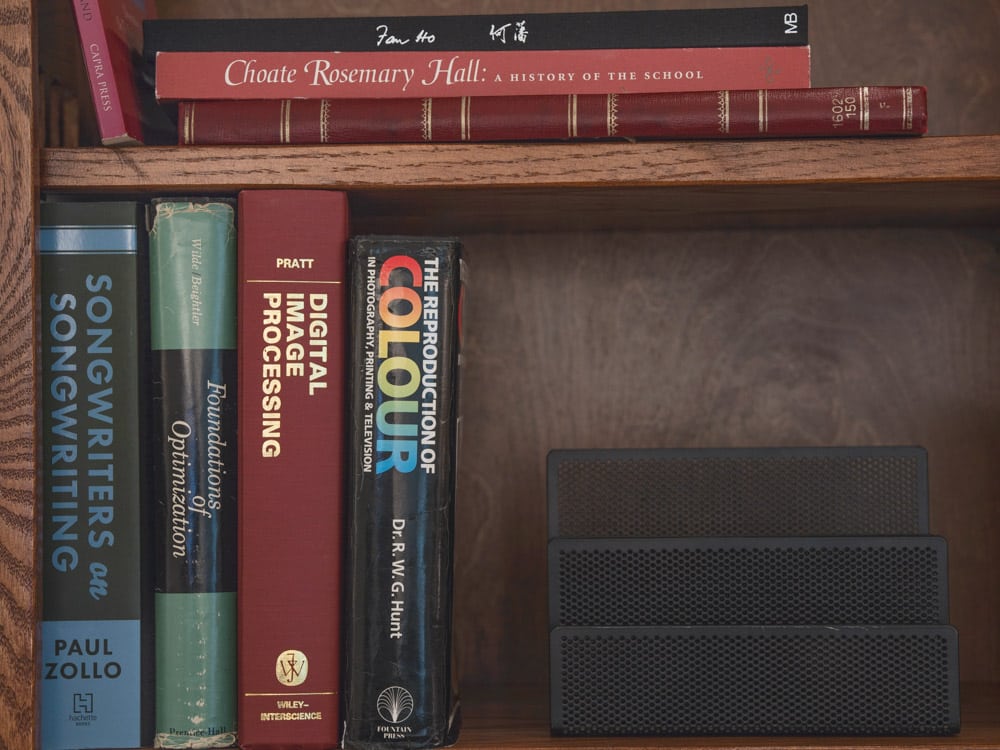
The GFX is a bit more sensitive, as you’d expect if you just looked at the ISO settings.
Some approximately 200% crops:
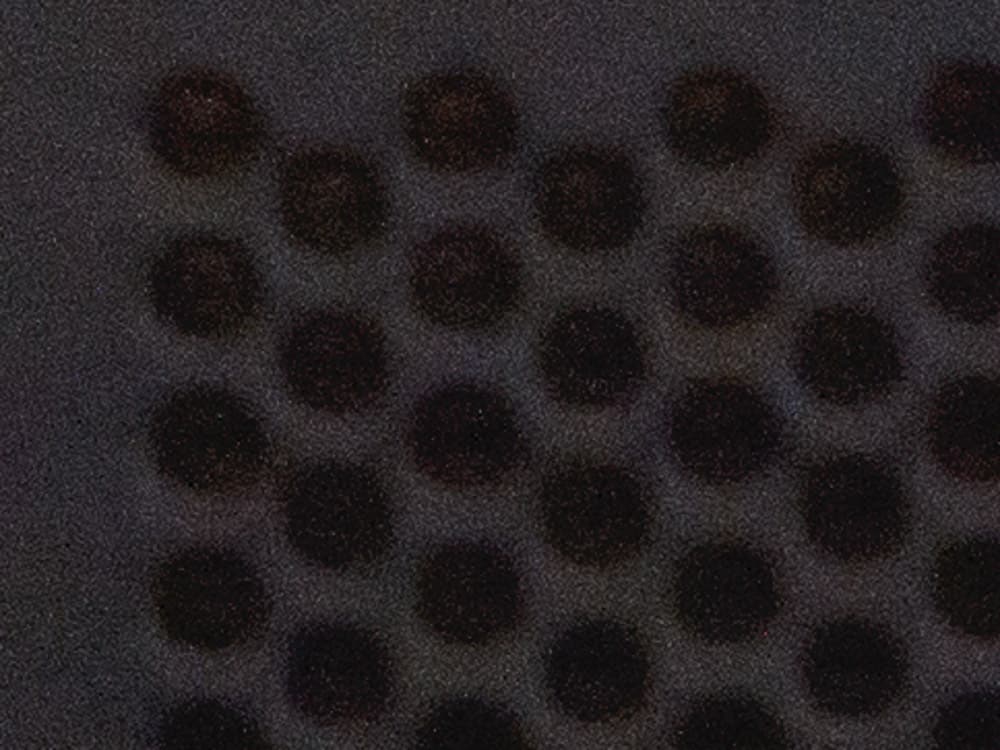
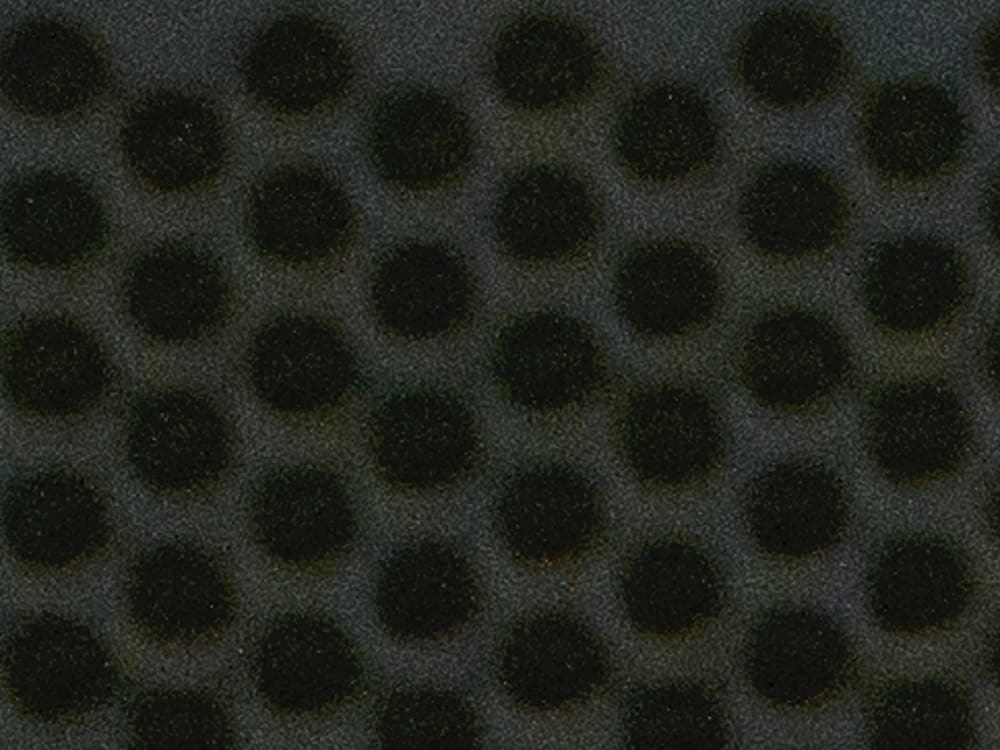
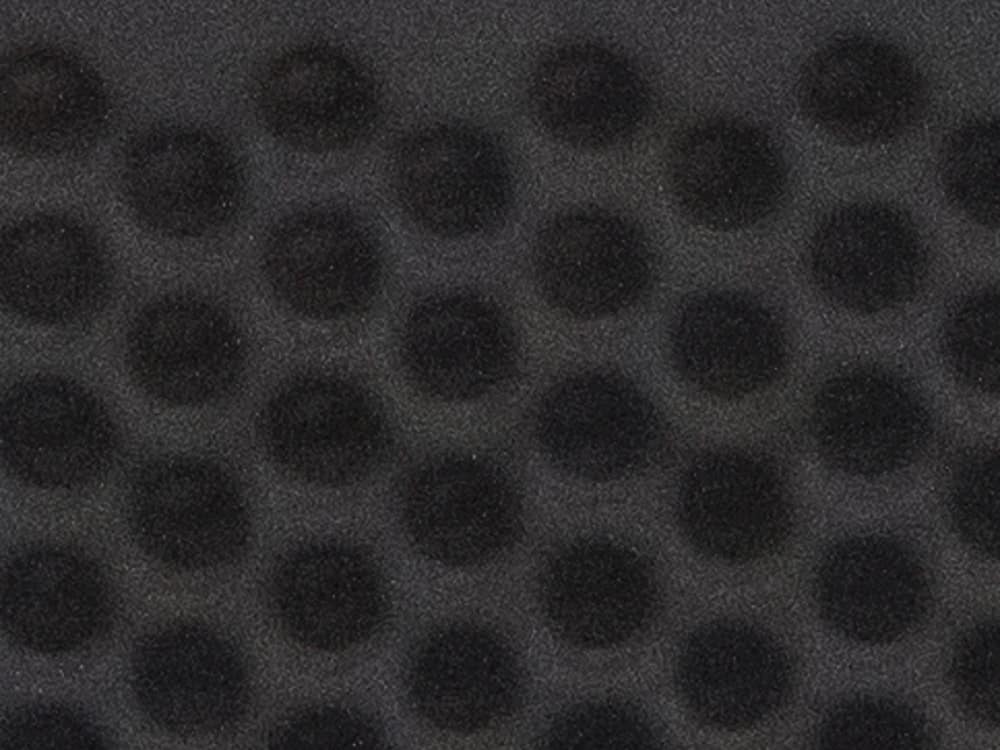
I’d say the GFX image is less noisy. Not a whole lot less noisy, though.
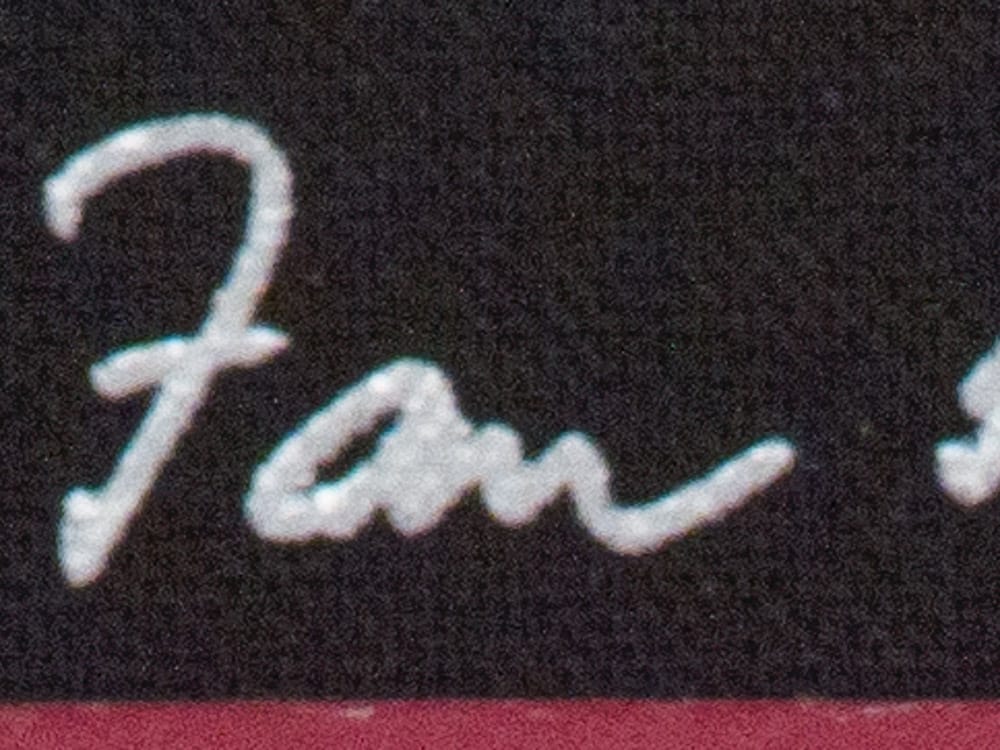
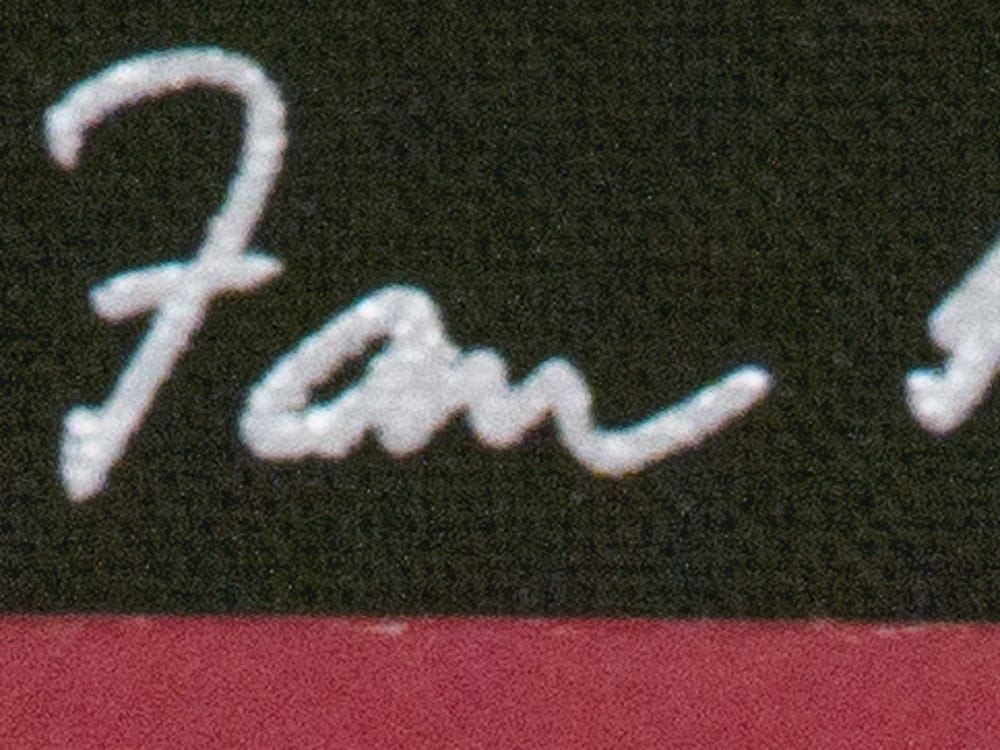
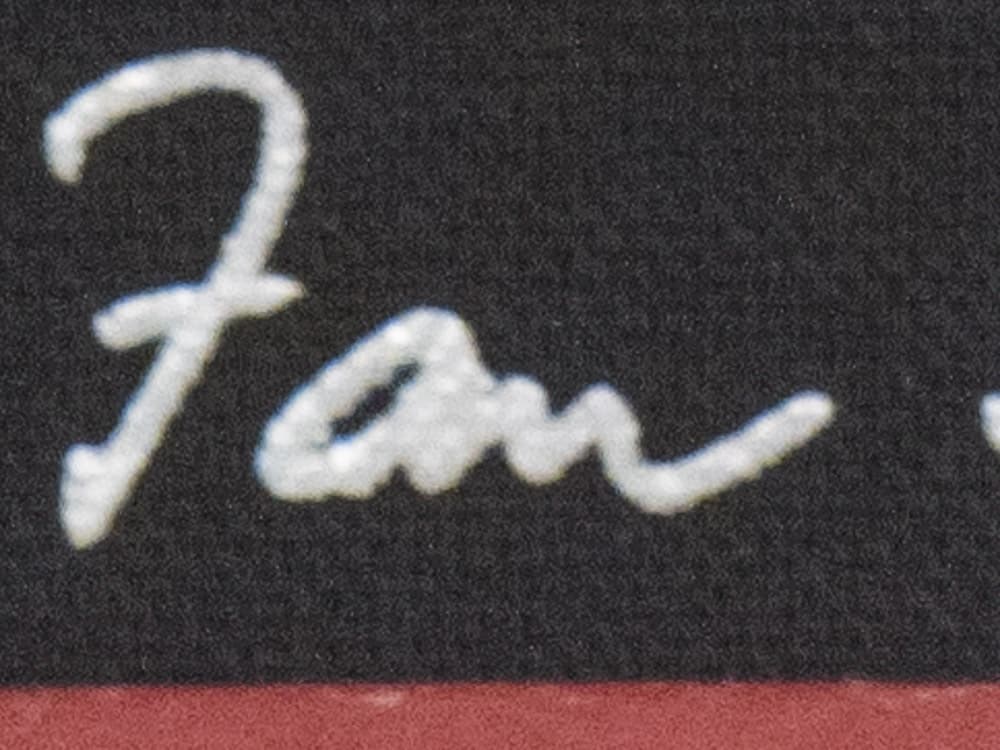
Hard for me to pick a winner here.
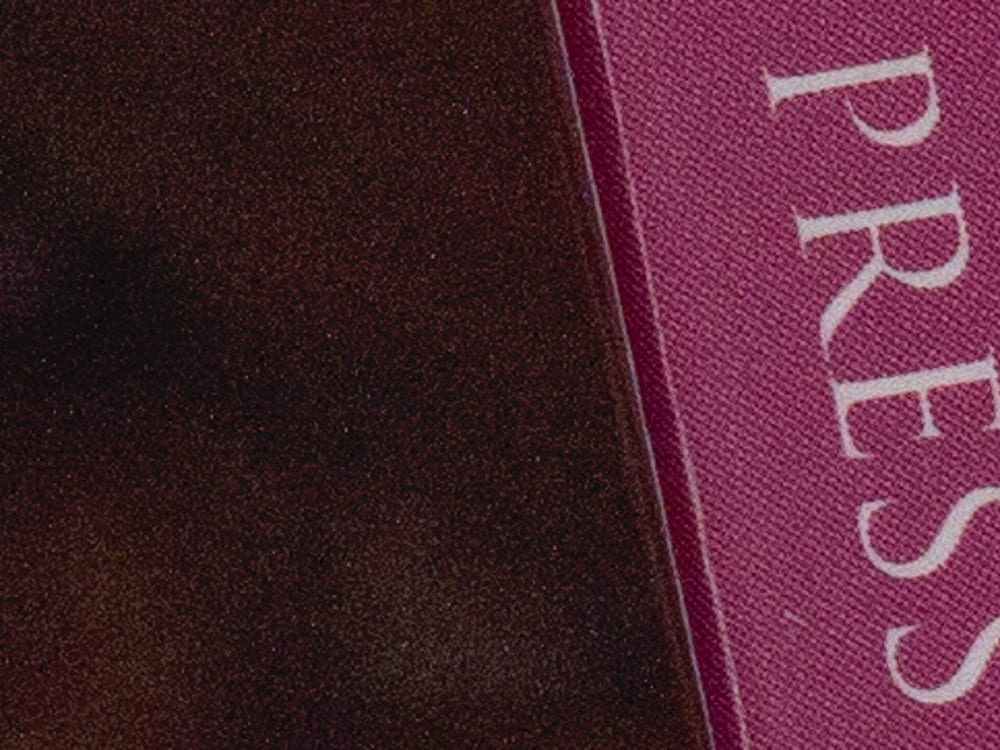
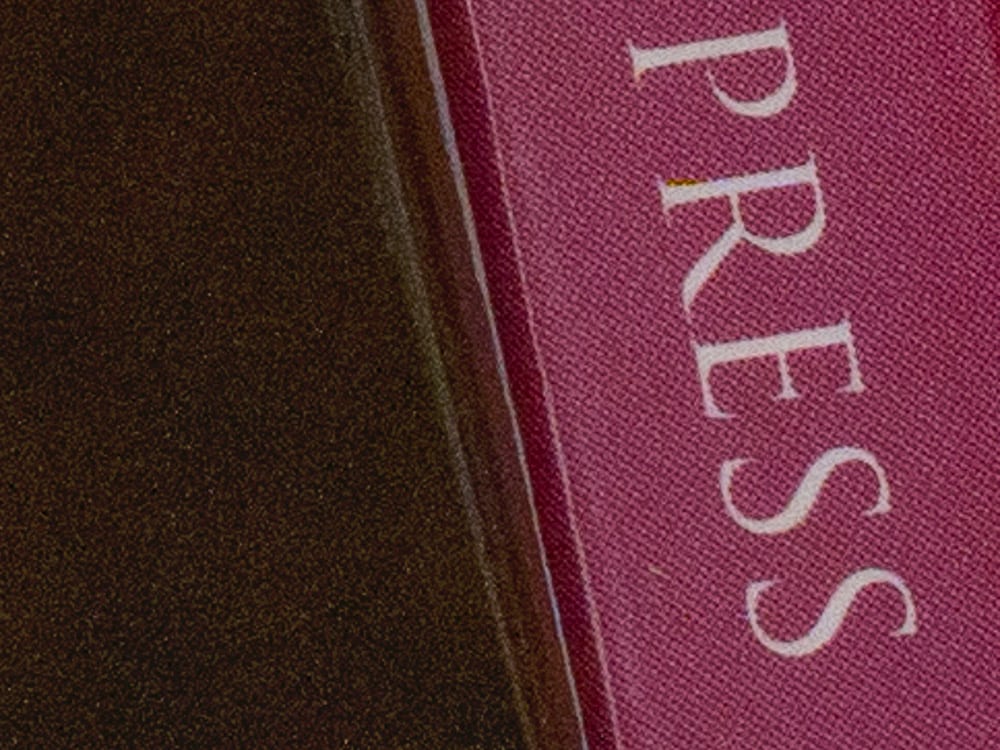
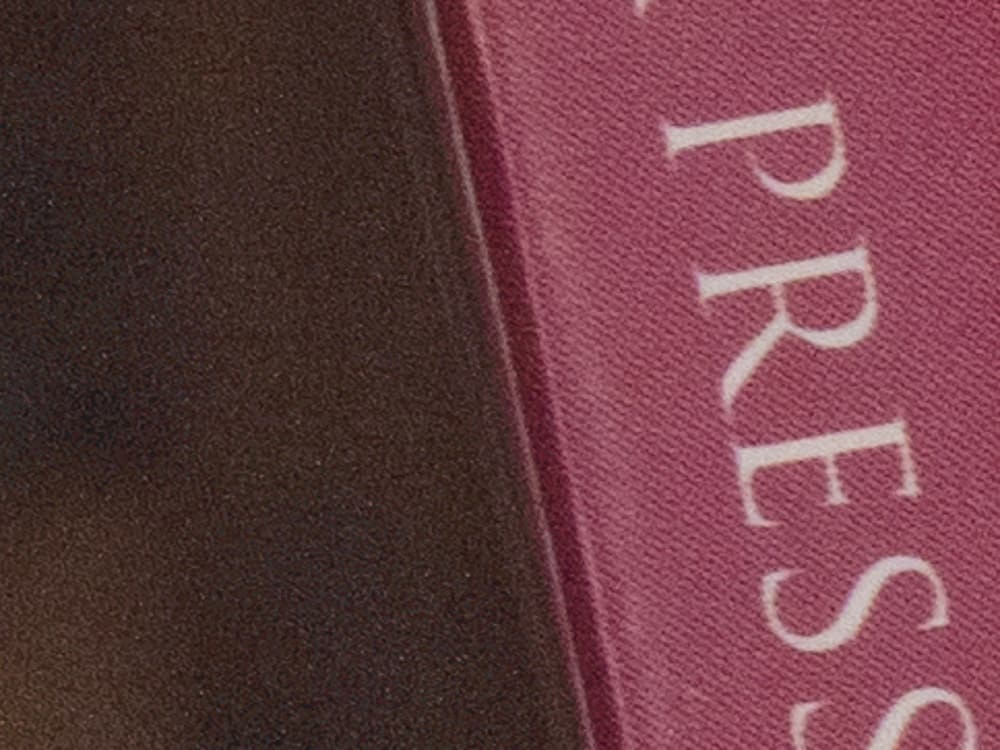
The differences are underwhelming to me.
Nice test, but I see much more detail and color separation in the 16-bit X2D as compared to the GFX100, especially in the last three images with “press”, especially evident in the middle of the images
You shouldn’t use these images to judge detail. Focus is not well controlled here. The images are meant to be used for judging noise.
What is with the green cast in the X2D 16bit images?
Poor blackpoint calibration. I used the default values, and did no blackpoint tweaking.